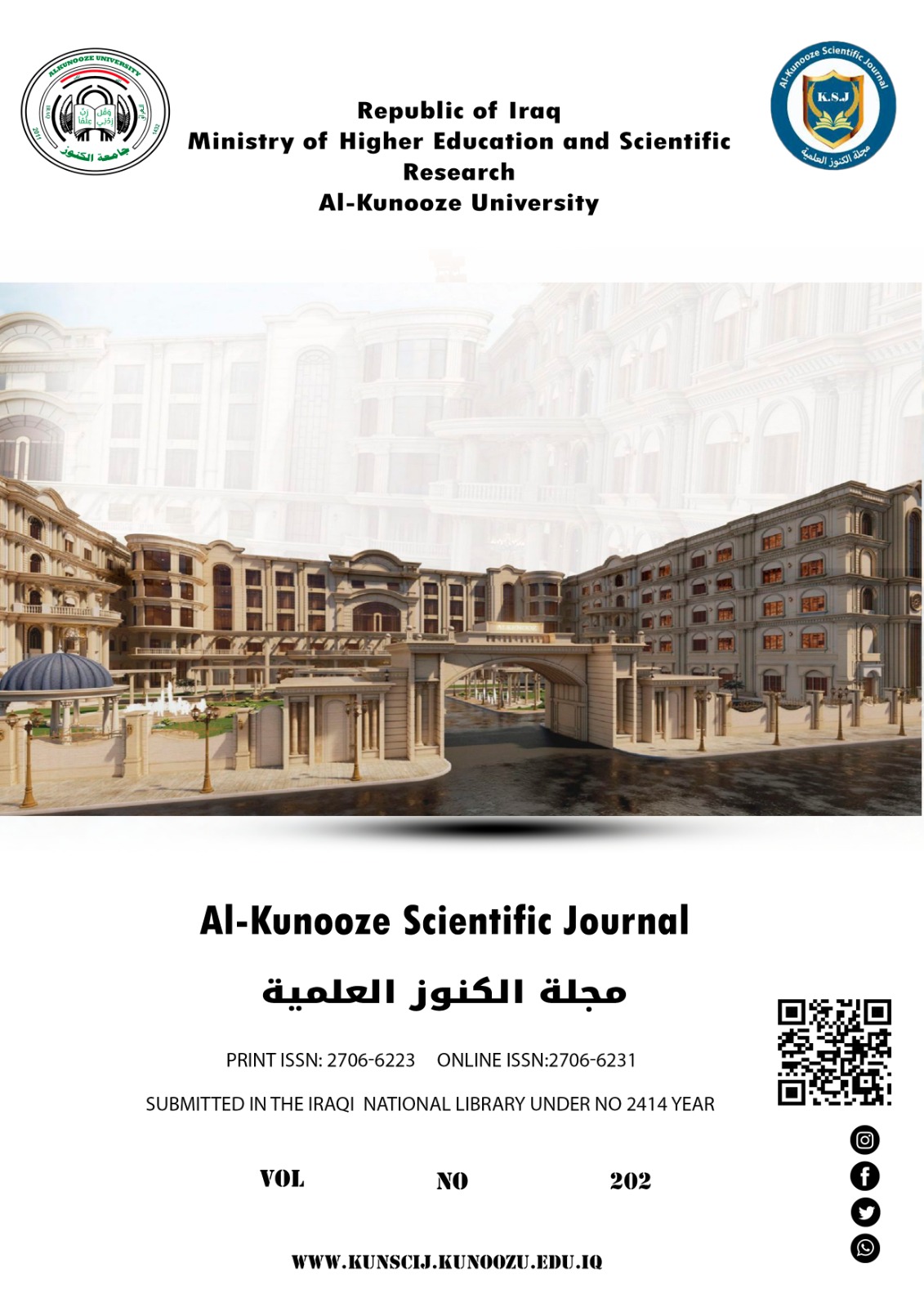Study effect of age in ProstaticHyperplasia, Prostate Cancer Patients and male infertility
DOI:
https://doi.org/10.36582/nxrd6h11الكلمات المفتاحية:
Prostate Hyperplasia, Prostate Cancer, Age Distribution, BMI, semen analysisالملخص
Methods: The study aimed to assess the age, BMI, Period of _Infertility Counts, types of infertility distribution of patients diagnosed with prostatic hyperplasia and prostate cancer in Najaf, Iraq. The data was categorized into two age groups: less than 40 years and more than 40 years. BMI was categorized into two groups: less than 25 kg/m^2 and more than 25 kg/m^2. The Chi-square test evaluated statistical significance to analyze how prostatic hyperplasia and prostate cancer affected distribution patterns of azoospermia, asthenozoospermia and teratozoospermia, oligozoospermia, and unexplained infertility.
Results: A significant association was found between age and prostate condition (X2 = 48.21, P = 0.0001). Prostate cancer was significantly more prevalent in men over 40 (77.3%), while Prostate Hyperplasia was observed in both age groups, with a slightly higher percentage in men under 40 (51.7%). No statistically significant association was found between BMI and the presence of prostatic hyperplasia or prostate cancer. The BMI distribution was similar between the two groups, with a slightly higher prevalence of normal/healthy weight (BMI < 25 kg/m^2) in both conditions. No statistically significant association was found between "Period_of Infertility Counts" and the presence of prostatic hyperplasia or prostate cancer. The distribution of "Period_Infertility Counts" was similar between the two groups. Research established an important connection between infertility type and prostate condition occurrence. "Unexplained Infertility" was the most common type in both prostatic hyperplasia(84.5%) and prostate cancer (50.0%). However, the distribution of other infertility types differed significantly between the two groups. Older age (OR = 3.64, p = 0.024), fertile periods greater than 5 years (OR = 4.87, p = 0.035), azoospermia (OR = 28.00, p = 0.005), and a combination of asthenozoospermia, teratozoospermia, and oligozoospermia (OR = 9.62, p = 0.0001) were significantly associated with increased odds of "P. Cancer a." BMI and fertile periods between 5.1 and 10 years were not significantly associated.
التنزيلات
التنزيلات
منشور
الرخصة
الحقوق الفكرية (c) 2025 Al-Kunooze Scientific Journal

هذا العمل مرخص بموجب Creative Commons Attribution-NonCommercial 4.0 International License.





